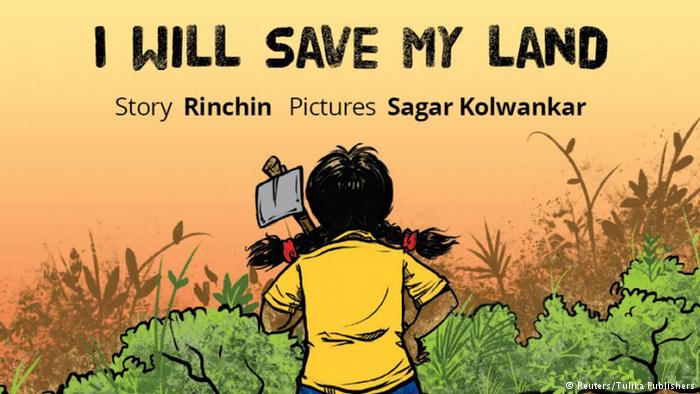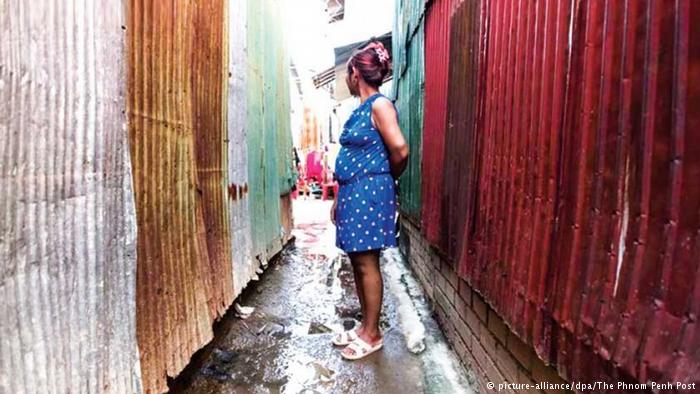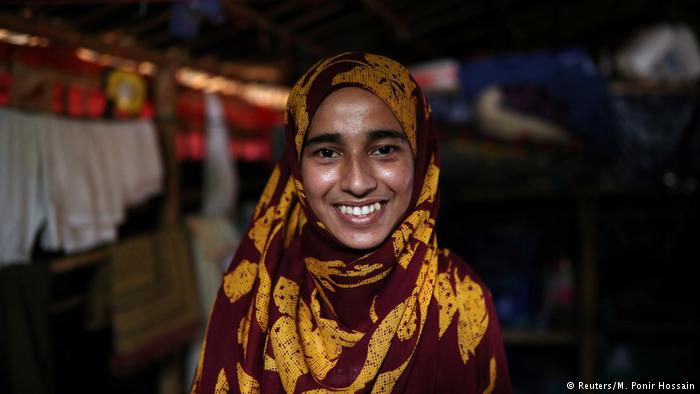New roads, old war fan sale of Southeast Asian brides in China
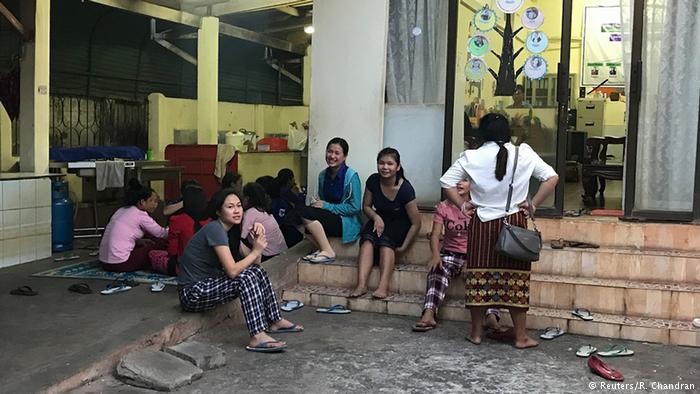
Women at a shelter for victims of trafficking in Vientiane, Laos. Oct. 15, 2018.
China’s decades-long one-child policy has left the country with far fewer women of marriage age than men.
For some years now, a charity in Laos has been providing women at risk of being trafficked with a new tool to seek help: the Chinese social media app WeChat.
Village Focus International (VFI), which works with trafficking victims, began showing women how to use the app as neighbouring China became the main destination for women forced into marriage.
China’s decades-long one-child policy has left the country with far fewer women of marriage age than men. This has caused a spike in women being trafficked over the border from Laos, Myanmar and Vietnam, researchers and rights groups say.
Women are usually approached in the village by brokers with promises of a job in the city, or they come to the city themselves, and are preyed on by traffickers.
“The women often do not know they are to be married to a Chinese man,” said Christina Cilento at VFI, which runs shelters for trafficking victims in the Laotian capital, Vientiane, and the southern city of Pakse.
“Once there, they don’t know the language and don’t know where to go for help, so we train girls at risk to post a message on WeChat or find the Laos embassy,” she said.
While globally, most human trafficking cases are for sexual exploitation and forced labour, Southeast Asian women are especially vulnerable to trafficking for forced marriage, according to the U.N. Office on Drugs and Crime (UNODC).
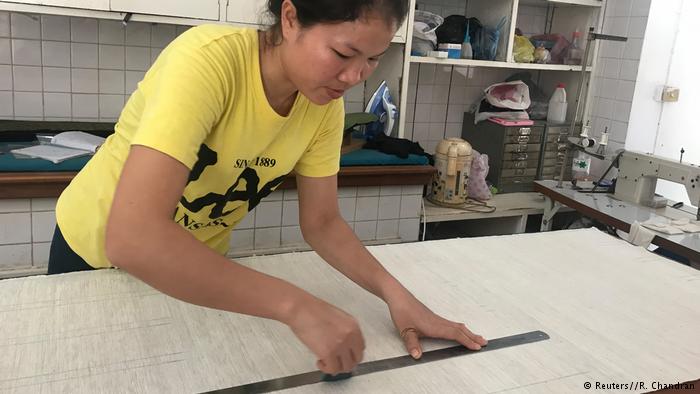
A woman makes a drawing at a shelter for victims of trafficking in Vientiane, Laos. Oct. 15, 2018.
China is driving much of that demand: there will be up to 40 million more Chinese men of marrying age – more than the population of Canada – compared to women by 2020, according to the Chinese Academy of Social Sciences.
Many of these men, particularly in rural areas, cannot afford to pay thousands of dollars in dowry for a local bride.
Instead, they turn to brokers who smuggle women and girls from Vietnam, Cambodia, Laos and Myanmar, paying 5,000 to 20,000 yuan ($727 to $2,985) per woman.
The risk of trafficking has risen as hundreds of thousands in Southeast Asia have been forced from their homes due to conflict, disasters and rapid industrial development, said Charlie Thame, a professor at Thammasat University in Bangkok.
“Conflict and development-induced displacement, and a lack of social protections, forces many to migrate,” he said.
“But the legal way to migrate is so restrictive. Many of these people lack legal documentation, and that makes them significantly more vulnerable to abuse and exploitation.”
Trafficked thrice
Around the world, some 15 million people were living in marriages into which they were forced, according to a report last year from the International Labour Organization.
There are no official data for China, but it is by far the most common destination country for trafficking victims from Myanmar, accounting for two thirds of the 307 cases investigated by the latter’s government in 2016.
Myanmar is among the world’s most dangerous countries for women exploited by traffickers and forced to wed, work and sell sex, according to a recent Thomson Reuters Foundation poll.
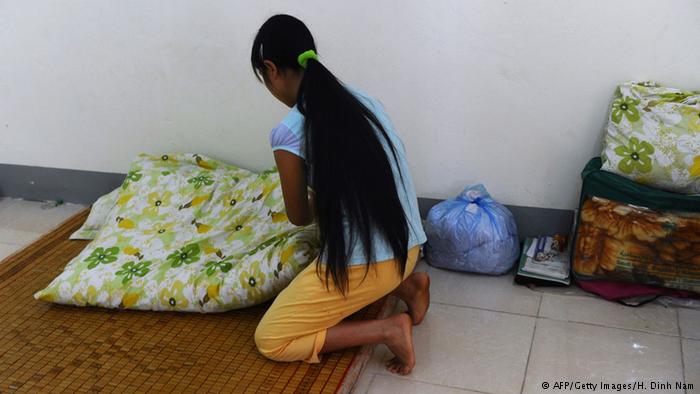
This picture taken on May 9, 2014 shows H’mong ethnic girl Kiab (whose name has been changed to protect her identity) arranging her bed at a centre for trafficked women in the northern city of Lao Cai. When Kiab turned 16, her brother promised to take her to a party in a tourist town in northern Vietnam. Instead, he sold her to a Chinese family as a bride.
A decades-long armed conflict in Myanmar’s northern Kachin state has forced tens of thousands to flee from their homes to shelters and camps close to the China border.
Large infrastructure projects such as mines, dams, and commercial plantations have forced others from their lands, and they have limited access to public services, according to the rights group Kachin Women’s Association Thailand (KWAT).
“There is a strong sense of duty for daughters to support their parents and siblings, which drives them to migrate for work, often without legal status, thereby becoming vulnerable to trafficking,” said Moon Nay Li, KWAT’s general secretary.
Of nearly 400 Myanmar women KWAT surveyed last year in Myanmar and China, along with a team from the Johns Hopkins Bloomberg School of Public Health, about 40 percent said they had experienced forced marriage.
One woman had been trafficked to China thrice.
The Chinese men’s “main goal is to have one child,” a 24-year-old Kachin woman in China said in the survey published Friday.
Most of the women “are not registered in the family, they have no identity cards and they are not Chinese citizens. So, it is like they are hired just for bearing children,” she said.
Tied up
For more than a decade, KWAT has documented hundreds of cases of trafficking for forced marriage and forced childbearing in China. About a quarter are under 18 years.
Women have told KWAT they were shown to many men, sometimes tied up so they wouldn’t run away, or taken to a market to be chosen by prospective buyers.
The building of new roads and rail lines to China as part of the One Belt One Road programme increases their vulnerability, said Ann Parnitudom, a trafficking consultant at UNODC in Bangkok.
“Increased connectivity brings risks and can exacerbate crime. Along with prostitution, human trafficking is often the first type of crime to benefit from such infrastructure developments,” she said.
Myanmar passed a landmark Anti-Trafficking Law in 2005.

A suspected prostitute puts on clothes at a hotel room during a police raid, as part of plans to crackdown on prostitution, in Dongguan, Guangdong province, February 9, 2014.
But while there are provisions to safeguard the rights of trafficked victims, these are not enforced, and there are few prosecutions of traffickers, Moon Nay Li said.
Similarly, despite a 2016 anti-trafficking law, Laos investigates, prosecutes, convicts and sentences only “a modest number” of traffickers, the U.S. State Department said this year in its annual Trafficking in Persons report.
The United States downgraded Myanmar and Laos to Tier 3, its lowest ranking, reserved for countries that are not making significant efforts to eliminate trafficking.
Chinese police say they rescued “several thousand” women of foreign nationality in anti-trafficking operations between 2009 and 2017.
They also sentenced nearly 8,000 people for trafficking from 2012 to 2015, according to official data cited by UNODC.
China eased its one-child policy in 2016, and could soon end all restrictions. But its impact on trafficking and forced marriage will not be immediate.
“The consequences of the one-child policy are so huge, that it may take 25-30 years to normalise,” said Casey Branchini at the Johns Hopkins Bloomberg School of Public Health.
“Without addressing pervasive poverty and the lack of education opportunities, women in the region remain vulnerable.”
($1 = 6.87926 Chinese yuan)
Author: Rina Chandran, The Thomson Reuters




